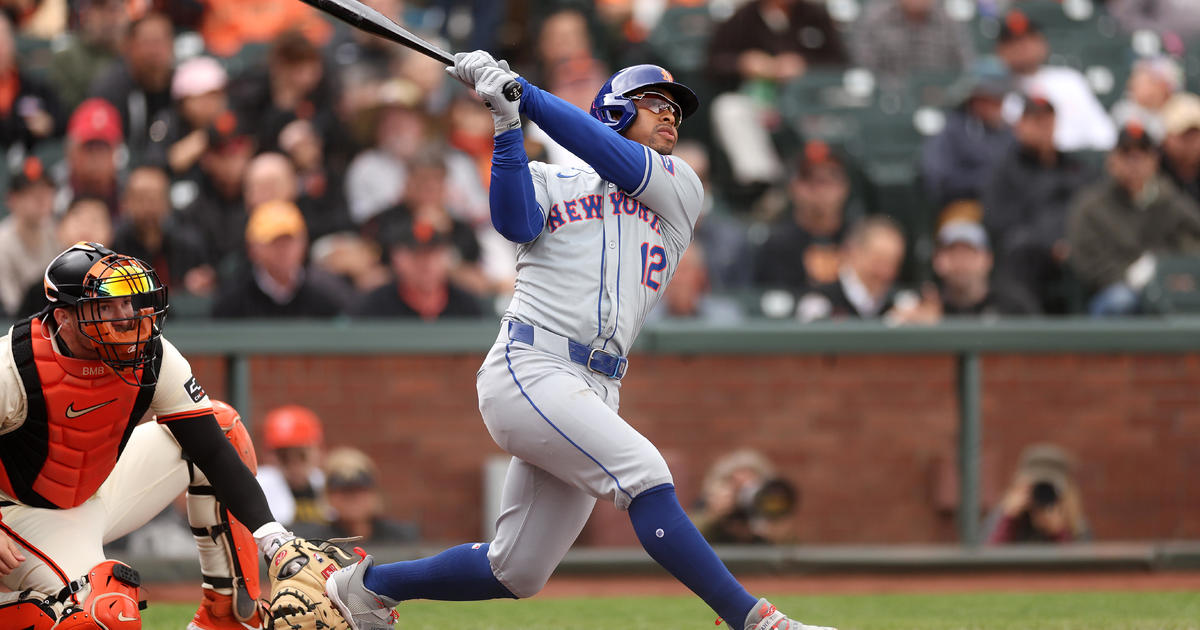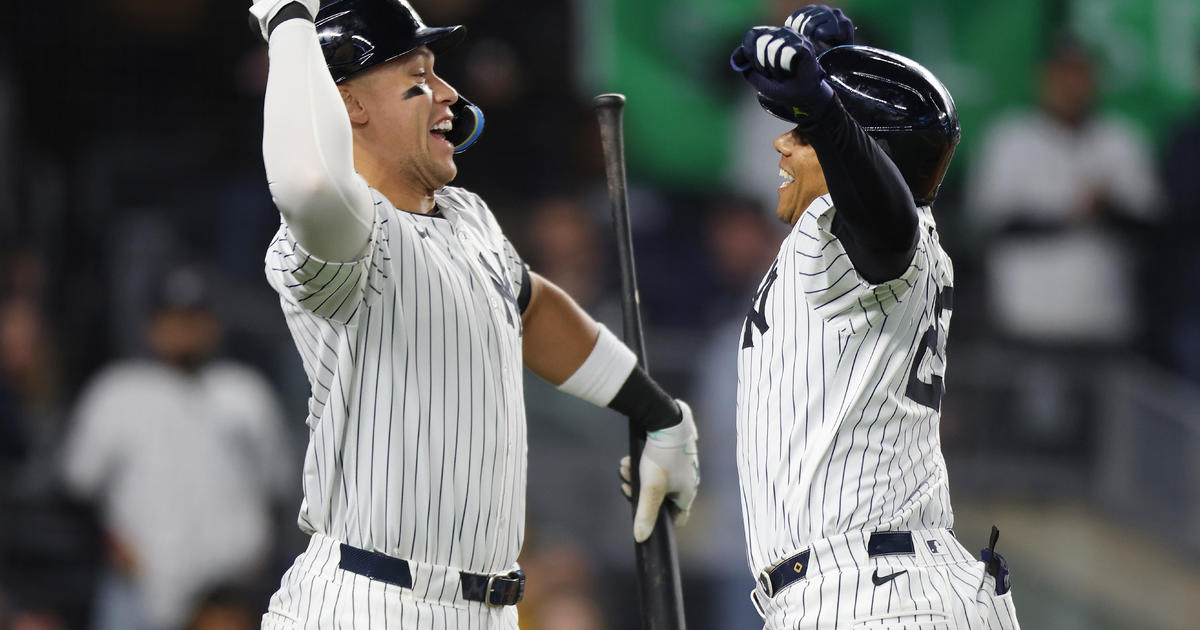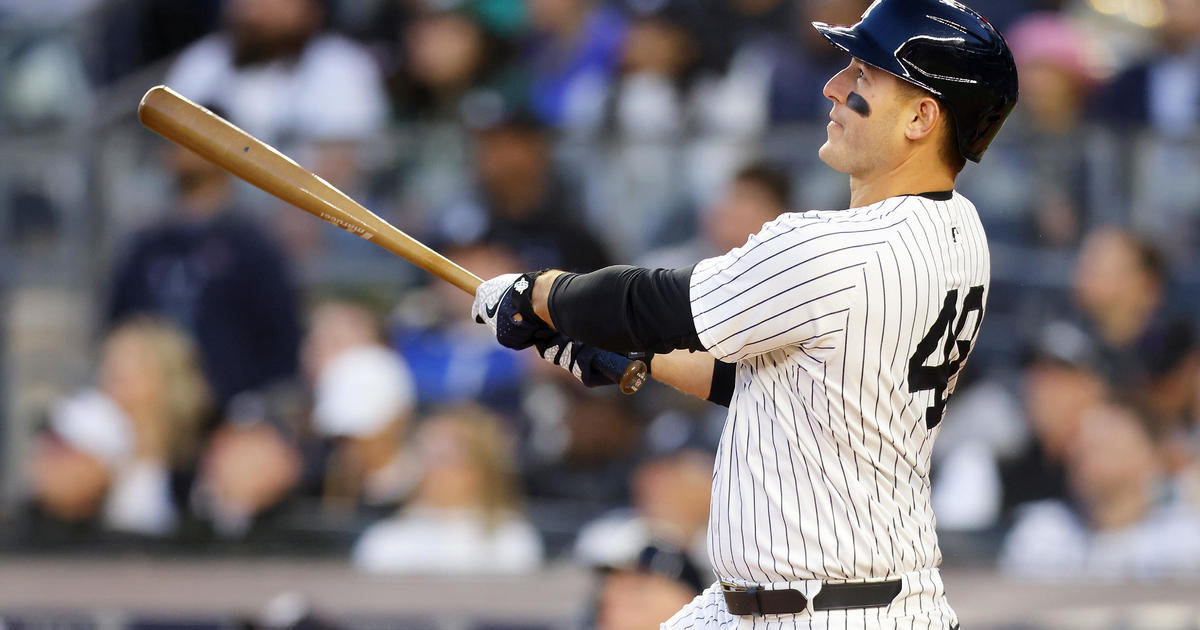By The Numbers: Why Do Hitters Continue To Try To Beat The Shift?
By Father Gabe Costa
» More Columns
Ted Williams often said that the hardest individual act in sports was to hit a baseball. If you are a major-league player and you hit safely three times out of ten at-bats, you are considered a very good hitter. You will undoubtedly make a lot of money for being successful 30 percent of the time.
This is such a difficult feat that many Hall of Famers such as Mickey Mantle, Duke Snider, Yogi Berra, Roy Campanella and Carl Yastrzemski -- just to name a few -- did not post career averages of .300. Nor did Barry Bonds, and Alex Rodriguez currently has a .299 career mark.
On the other hand, imagine if a placekicker in the NFL, a foul shooter in the NBA or a goalie in the NHL were successful only 30 percent of the time.
While football, basketball and hockey are measured in TIME, baseball is measured in OUTS. Earl Weaver, the legendary, pugnacious manager of the Baltimore Orioles who died not so long ago, often said that a team is given only 27 outs. The Earl of Baltimore eschewed strategies like the sacrifice -- which obviously gives up an out) and the stolen base, where a runner can be thrown out.
On this last point, research has consistently revealed that, during the first eight innings of an MLB game, the advancement of a runner one base is NEVER worth giving up an out. For example, over the long haul, a team is expected to score more runs per inning with a man on first and no outs than with a man on second with one out. And this pattern follows for all 24 base-out situations.
So, clearly, it behooves a batter not to "waste an out."
This brings us to today's emphasis on defenses using the shift, and the frequency with which the shift appears.
The most famous occurrence of this phenomenon was brought about by Lou Boudreau. The Hall of Famer, who was a player-manager for the Cleveland Indians, devised the "Boudreau shift" to thwart Ted Williams in the 1940s. The maneuver, also known as the "Williams shift," actually appeared in many forms long before the 1940s. Primarily used against left-handed pull hitters, it had many variations and had the potential to be very successful against the better hitters.
So the question of the day is: Why are many of today's hitters trying to hit through the shift as opposed to going the other way?
It seems to me that unless the batter hits a home run, his chances of getting a hit are greatly reduced with the shift. Batting averages are plummeting, and the number of homers has not increased.
Many lefty batters seem to be unwilling to inside-out and try to go to left field. Either that, or perhaps they are simply unable to do so.
Likewise, few batters have bunted away from the shift. Why? Unwillingness or inability?
It is true that a home run is better than a bunt single, but a bunt single is better than a laser caught by the second baseman (or third baseman) in short right field. The big, burly slugger contributes more offense to the team when he is standing on first base rather than when he is seething in the dugout, slamming his bat in frustration.
I suspect that if enough batters hit away from the shift, soon enough defenses will loosen up and perhaps a sense of normalcy will return.
It is hard enough to hit a baseball, and to give away outs just makes no sense at all.
So score one for Tampa's Joe Maddon and other skippers who are employing these defensive shifts. If the offense wants to give them easy outs, I guess they just smile and say thank you.
It's the offense's move. I suspect we will not see a major reaction or response from batters this year, not as long as they stubbornly insist on making hard outs rather than trying for soft hits.
You May Also Be Interested In These Stories



